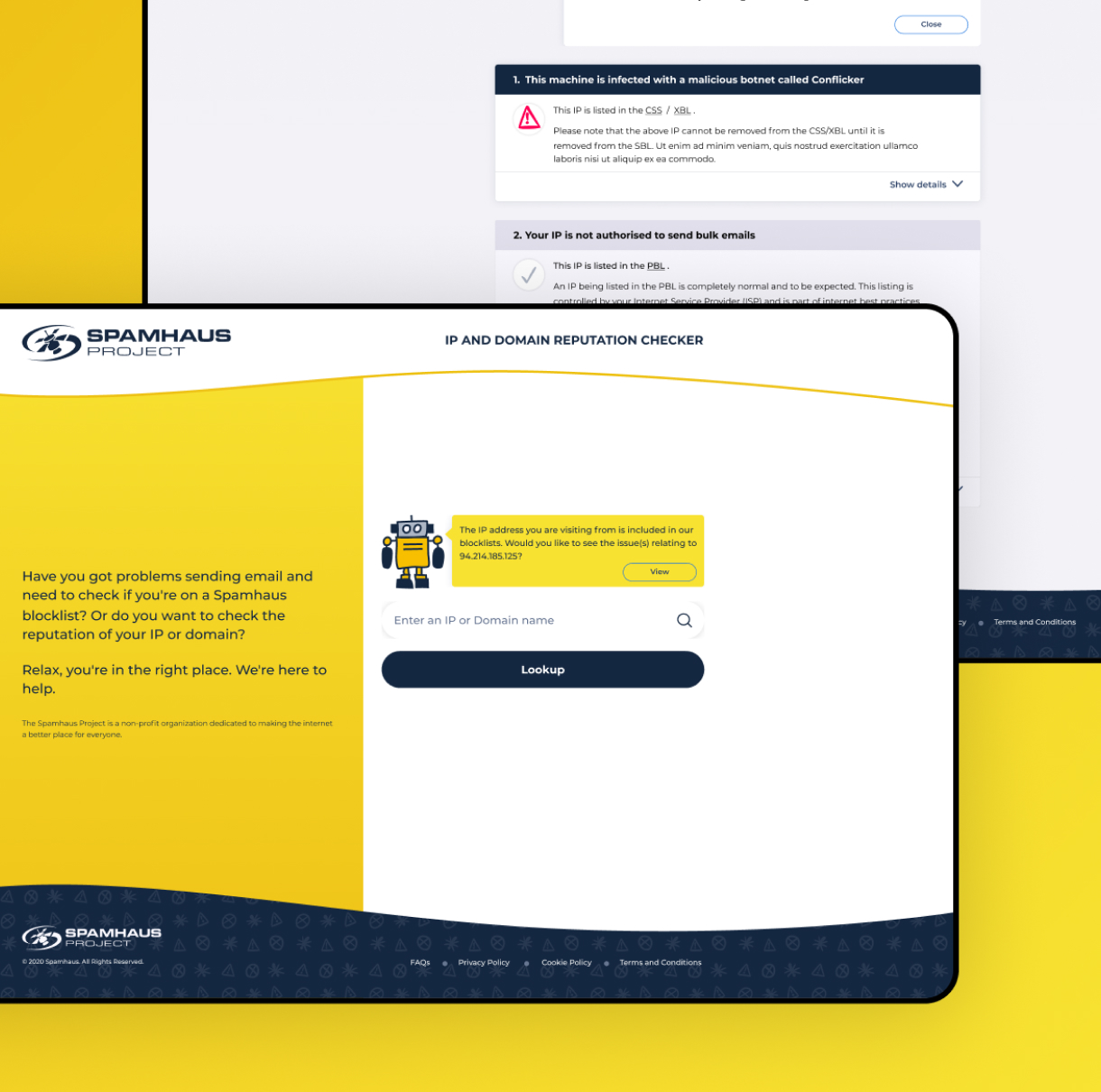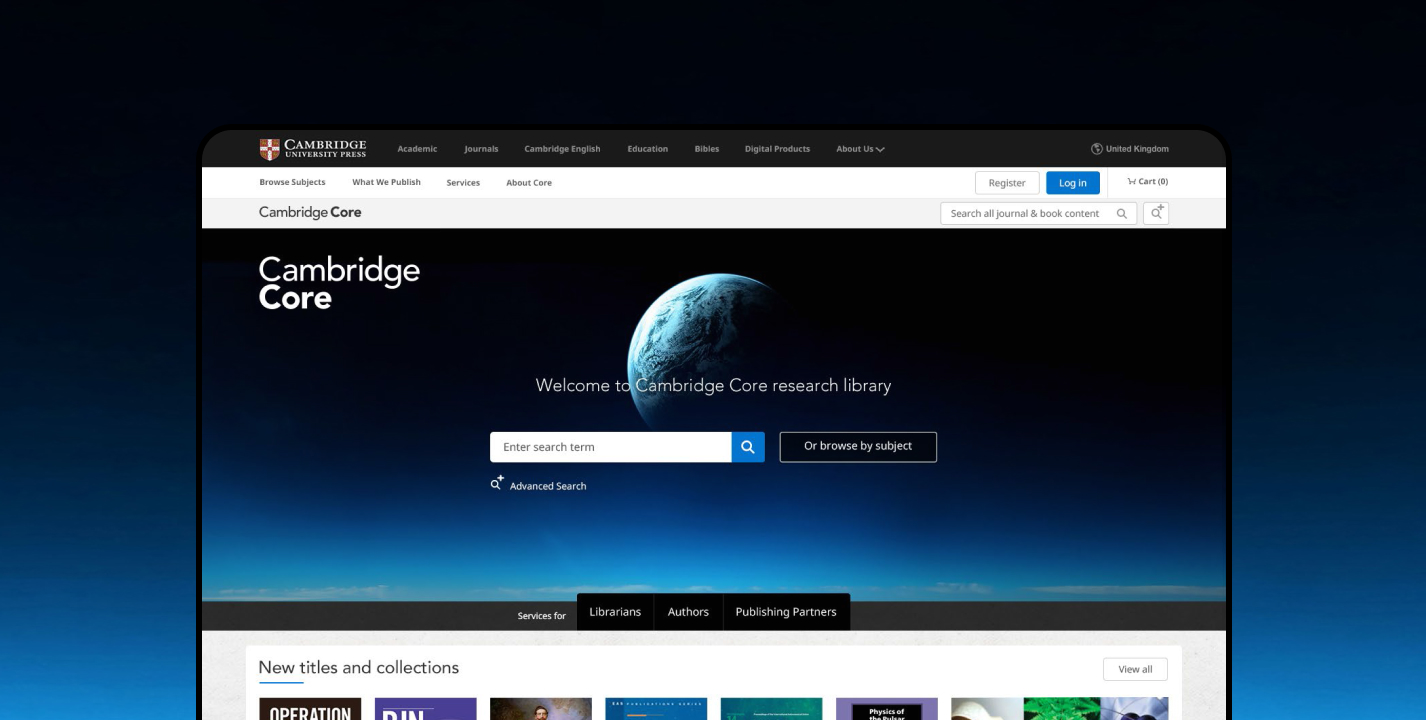Information architecture services
Information architecture (IA) is the process of organising and structuring information to create a coherent and intuitive system that enables users to find and navigate content easily.
Information architecture is a foundational component of user-centred design. It shapes how users interact with a website and involves thoughtful planning and testing to ensure that the website’s information is presented in a meaningful and usable way. As a business, it is important to organise your content so your users can access what they need quickly and not hit any surprises. Think of your site’s IA as the department of a store.
Introduction to Information Architecture
Information architecture plays a critical role in creating an accessible, user-friendly and organised digital experience that enhances user engagement and aligns with business goals. Throughout its history, information architecture has evolved from basic data organisation to a multidisciplinary field encompassing user experience, design thinking, and technology. Its principles are integral to creating digital environments that are intuitive, user-friendly, and effective in conveying information.
What is information architecture, and why is it important?
Information Architecture (IA) is a discipline that involves organising, structuring, and labelling content in a way that helps users find information and navigate systems effectively. It is both an art and a science that focuses on creating intuitive and user-friendly structures for digital information.
Effective information architecture enhances user satisfaction by enabling users to find information quickly and easily, reducing their cognitive load and, therefore, leading to better user engagement. By creating organised, user-friendly structures, IA enhances the overall usability, accessibility, and effectiveness of digital platforms, contributing to a positive and efficient user experience.
The role of Information Architecture
Information architecture is critical in creating an accessible, user-friendly and organised digital experience that enhances user engagement and aligns with business goals. Information Architecture supports efficient content management, fosters seamless navigation, and ultimately contributes to the overall success of the website or digital product. Good IA enhances the user’s experience, supports accessibility, and helps the user make decisions.
Benefits of effective information architecture
Let’s delve deeper into the aspects of how effective information architecture supports business objectives:
Alignment with user needs and goals
- User-centric approach: Effective information architecture starts with a deep understanding of user needs, behaviours, and goals. By aligning a website’s structure with these user-centric principles, businesses can ensure that their digital platforms are intuitive and provide a positive user experience.
- Increased engagement: When users can easily find the information they seek and navigate the website effortlessly, it enhances their satisfaction and engagement. This alignment with user needs contributes to achieving business objectives such as increased user retention, conversions, and customer satisfaction.
Content management and maintenance processes
- Simplified updates: A well-structured information architecture simplifies the process of content management for website administrators. Clear hierarchies and categorisations make it easy to add, update, or remove content without disrupting the overall structure.
- Scalability: Businesses often evolve and expand their digital presence. Effective information architecture ensures that the website can scale seamlessly, accommodating new content and features while maintaining coherence. This scalability is crucial for businesses aiming for sustained growth.
Search Engine Optimization (SEO) efforts
- Improved indexing and ranking: Search engines rely on the structure of a website to understand its content. Well-organized information architecture ensures that each page’s content is appropriately labelled and categorised, making it easier for search engines to index and rank.
- Keyword integration: Through effective information architecture, businesses can strategically integrate relevant keywords into the structure, headings, and labels. This aids in aligning the website with user search queries, positively impacting its visibility in search engine results pages (SERPs).
- Enhanced user experience signals: Search engines increasingly consider user experience signals when ranking websites. A website with a clear, user-friendly structure that aligns with search intent is likely to receive higher rankings, contributing to improved SEO performance.
Conversion optimisation
- Streamlined Pathways to Conversion: Information architecture plays a crucial role in guiding users through a website’s conversion funnel. By optimising the structure to facilitate a seamless user journey, businesses can increase the likelihood of users completing desired actions, such as making a purchase or filling out a form.
Analytics and insights
- Informed Decision-Making: A well-structured information architecture supports the integration of analytics tools, providing valuable insights into user behaviour. By understanding how users interact with the website, businesses can make data-informed decisions to optimise the user experience further and achieve strategic goals.
- In essence, effective information architecture is a linchpin that not only enhances user experience but also serves as a strategic tool for businesses to achieve their objectives. From facilitating smooth content management to supporting SEO efforts and optimising conversions, the impact of well-designed information architecture reverberates across various facets of a business’s digital presence.
Supporting your users' needs
Increases conversion rates
Facilitates faster onboarding
Increases website usability
The stages of effective information architecture
Stage 1: Defining objectives
The initial stage looks to understand what the organisation is looking to achieve and combines this with the objectives of the users. This is typically done in a workshop environment and will unpack existing pain points and organisational objectives.
Stage 2: Mapping and reviewing existing architecture
The existing information architecture should be mapped, and relevant data should be collected on how effective the existing approach is. This may include reviewing existing analytics or feedback from observational testing. Special emphasis will be placed on language usage; it’s not uncommon to uncover instances where internal terminology has inadvertently found its way into customer-facing environments.
Stage 3: Gathering content that will be required in the target information architecture
During this phase, it’s crucial to accumulate information concerning new content or functional areas. Requirements need to be gathered for both the existing state (as-is) and the envisioned future state to guarantee that the proposed solution is not only suitable for immediate needs but also poised for long-term effectiveness.
Stage 4: Group content
Content should be sorted into logical groups; there are a number of models you can use to group content, for example, by topic, format, user type, hierarchy or sequentially. You can see some examples of these groupings in this article. It may also be applicable to let your users decide; this can be done with a card-sorting exercise. Users are asked to group content into groups they decide on, or alternatively, you can decide on the groups and allow the users to place what they need in the applicable areas.
Stage 5: Map new IA and refine terminology
Stage five covers documenting the proposed IA, it should be a conclusion of the stages before and include recommendations on terminology and naming that will make the most sense to users. The proposed IA should be tested with real users via a tree test exercise. Tree testing is a way of evaluating a proposed site structure by asking users to find items based on the proposed IA.
What’s included
A detailed mapping of the overall structure of the website will be created; this will take the form of a ‘tree diagram’ outlining the navigation and labelling of all pages. The information architecture will then be presented to the client. Any insights gathered will be thoughtfully incorporated into the recommendations, ensuring the final product aligns seamlessly with the client’s vision and objectives.
Why choose Make it Clear
At Make it Clear, we pride ourselves on adopting a thorough and evidence-based approach that permeates every facet of our work. We believe that a profound understanding of your organisation, its diverse audiences, and the intricate context in which they engage is absolutely paramount to our way of working.
By delving deep into the intricacies of your unique landscape, we ensure that our solutions are not only tailored to your specific needs but also positioned to provide a best-in-class user experience that resonates with your target audiences. This commitment to comprehensive understanding forms the bedrock of our methodology, ensuring that our strategies and deliverables are grounded in both empirical data and a nuanced appreciation of your organisational dynamics and user base.
Why not consider supporting your UX and UI requirements with a design retainer?
A design retainer is a contractual agreement between Make it Clear and your company, ensuring access to our design services over a designated period. This arrangement offers a streamlined and cost-effective solution tailored to consistently meet your needs. Discover more about our design retainer services on our dedicated page.




